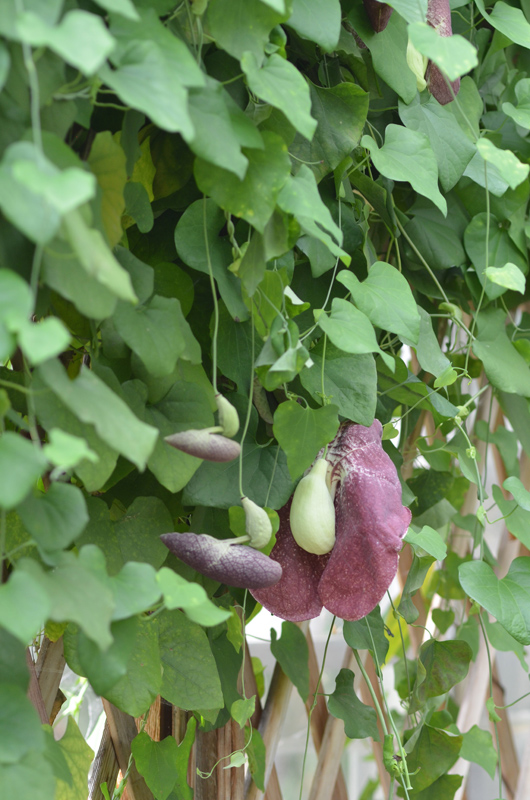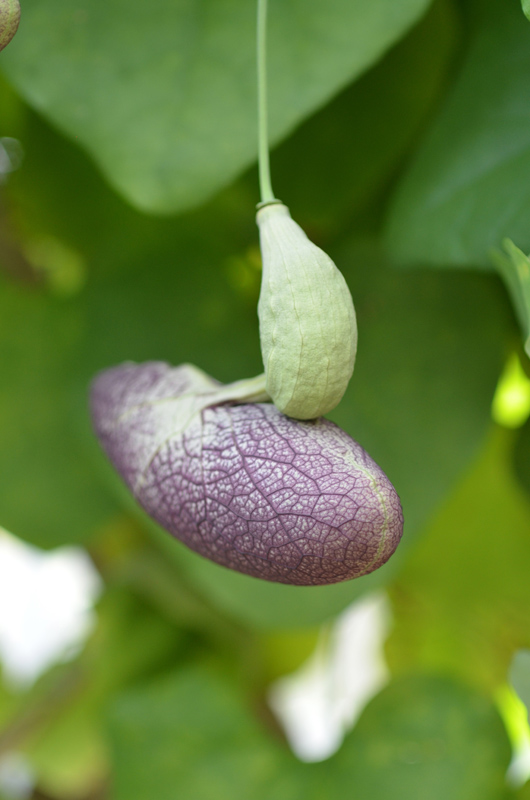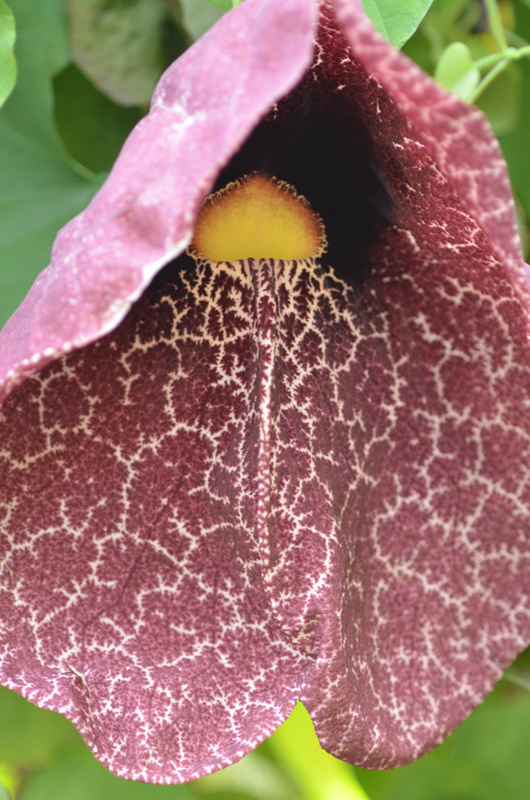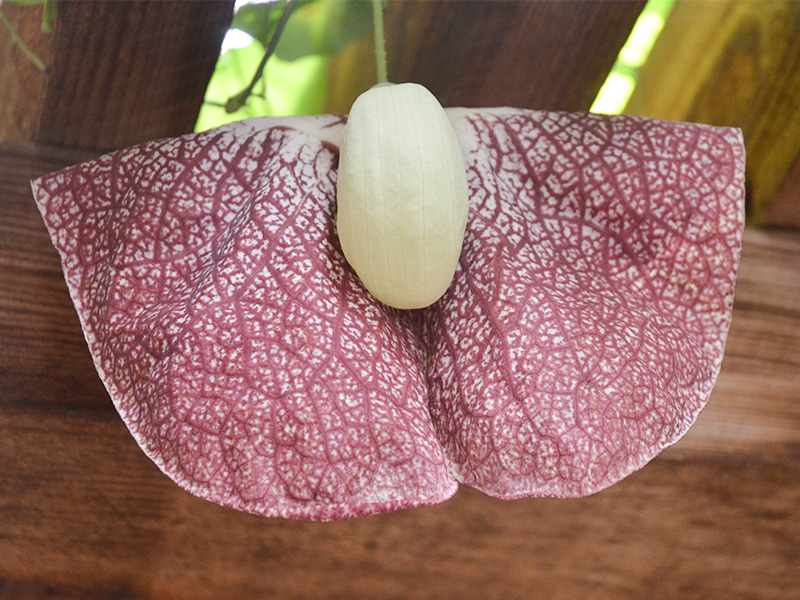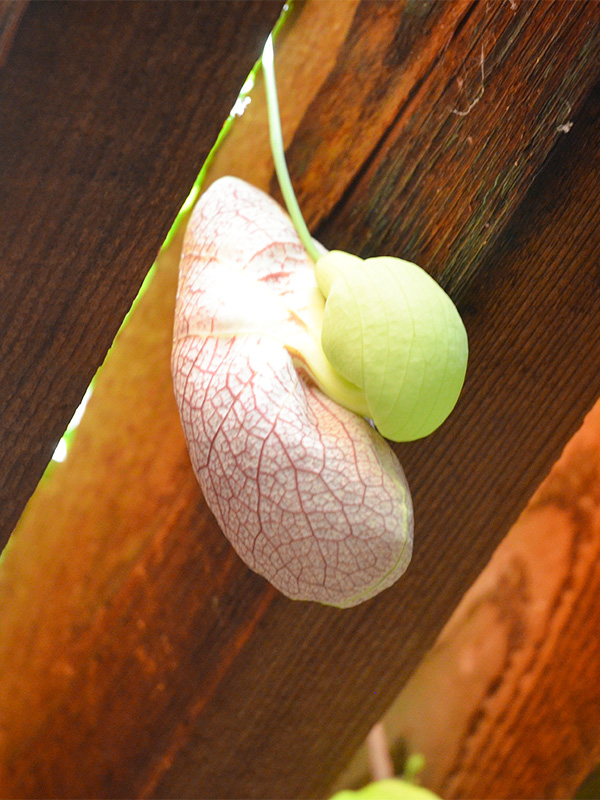
Tropicals, Woody > Aristolochia > Aristolochia grandiflora > Aristolochia grandiflora
Aristolochia grandiflora
Pelican Flower
Origin: North and South America. Aristolochia grandiflora was named in 1788 by Olof Swartz (1760-1818), giving the species name grandiflora since it was at the time the largest flower seen in the new world.
| Family |
| Aristolochiaceae |
| Genus |
| Aristolochia |
| Species |
| grandiflora |
| Category |
| Tropicals, Woody |
| Type |
| Vine |
| USDA Hardiness Zone |
| 11 |
| Canadian Hardiness Zone |
| Requires cool season protection under glass |
| RHS Hardiness Zone |
| H1c |
| Temperature (°C) |
| 4 - 10 |
| Temperature (°F) |
| 40 - 50 |
| Height |
| 6 - 9 m |
Photographs
Description and Growing Information
Flowering Period
| General Description |
| The plant is poisonous to humans and livestock. It is the food source of the tropical swallowtail butterfly. |
| Landscape |
| Ornamental. |
| Cultivation |
| Grow in full sun or partial shade in a rich, well-drained soil, watering sparingly in the winter and plentifully during the growing season. |
| Growth |
| Fast |
| Pests |
| Prone to attack from aphids and red spider mites. |
| Habitat |
| Lowlands, tropical forests, thickets and near streams/gullies. |
| Leaf Description |
| Leaves are deeply triangular cordate (heart-shapped), 10 - 20 cm in length and 8 -15 cm wide. |
| Flower Description |
| Enormous, solitary and trumpet-shaped flowers that smell of rotting meat as female. Attracts flies. The insects enter the flower and are forced down by the hairs lining the bloom. After bloom opens the flower enters the male stage. The flowers close at dusk. |
| Fruit Description |
| Fruit is cylindrical, 10 - 4 cm, with flat triangular seeds. |
| Colour Description |
| The flowers are blotched with yellow, purple, white, red and green. The leaves are a deep green. |
| Texture Description |
| The leaves become smooth as it ages. |
| Notable Specimens |
| The University of Alberta Botanic Garden, Devon, Alberta, Canada. |
| Propagation |
| Sow seeds indoors before last frost. |
| Ethnobotanical Uses (Disclaimer) |
| Extracts of the plant are used to treat snake bites in Colombia with it also being used as an antibiotic. |
